It’s a surprising fact: riders in the United States spend up to 40 hours a year fighting against swirl marks and water spots. This is time that could be saved by using modern motorcycle ceramic coatings.
Ceramic coatings offer real paint protection for motorcycles. They withstand heat, sun, and road dirt. It’s a liquid polymer that’s rich in SiO2. It bonds to your bike’s paint and hard parts, creating a strong, clear, water-resistant layer. This adds durability and long-lasting protection to your motorcycle.
In the United States, brands and professionals opt for high-quality products and thorough preparation. Pro-Tech Auto Shield & Nano Coatings uses Ceramic Pro. Products specifically designed for motorcycles, like Glidecoat, Adam’s Polishes, System X (Element 119), and RidinFresh, are tailored for bikes. They handle vibration, heat, and various materials well, providing the best ceramic coating results.
When applied and cured properly, ceramic coatings protect against UV rays, chemical damage, and dirt. They also enhance the look of your motorcycle. Following the top motorcycle care tips means you have to clean it less. This lets you enjoy more rides. It also helps maintain your bike’s value.
Read Our Guide to Learn More About: Ceramic Coating Guide for Different Vehicle Types

Table of Contents
Key Takeaways – Motorcycle Ceramic Coating
- Ceramic coatings bond to paint, providing tougher and longer-lasting protection for motorcycles than wax.
- Hydrophobic surfaces cut wash time and reduce water spots and etching.
- Heat- and UV-resistant formulas support a durable motorcycle finish in real riding conditions.
- Professional motorcycle detailing and meticulous preparation enhance bonding and results.
- Motorcycle-specific products help protect varied parts while avoiding leather, fabric, and soft rubber.
- Use motorcycle maintenance tips to maintain gloss and extend coating life in the United States.
What Motorcycle Ceramic Coating Is and How It Protects Your Bike
Everyone wants their bike’s paint to look good, resist dirt, and shine under any weather. Ceramic coating does just that. It adds a clear layer that protects your motorcycle. It ensures the finish stays looking great, even after many rides.
Liquid polymer that chemically bonds to paint
Modern coatings use tiny SiO2 particles that harden into a protective layer. It’s a hard shield, unlike the soft layer wax creates. It protects clear coats and trim, locking in shine and fighting daily damage. Discover a simple guide to the benefits of ceramic coating and understand this “invisible armor.”
Hydrophobic surface for easier cleaning and fewer water spots
The coating’s slick surface makes water droplets bead up and roll off. This means easier washing and drying, with less chance of marks. It’s best for fast cleaning without damaging the surface during washes.
Defense against UV rays, dirt, dust, and chemical contaminants
The sun can fade your paint, and pollutants can damage it. A good ceramic coating protects against UV rays and hazards such as bird droppings and sap. This added layer keeps your bike looking new, protecting it from environmental damage.
Enhanced gloss and color depth for a durable motorcycle finish
This protective layer increases shine, making your bike’s paint look wet and bright in any light. The right brand can withstand high heat, keeping all parts of your motorcycle looking great. It’s a wise choice for both appearance and durability.
Motorcycle Ceramic Coating
You want your bike to look clean and shiny, ready for the road. Motorcycle ceramic coating creates a hard, invisible shield. It enhances paint protection and reduces the need for washing. With professional motorcycle detailing, your bike’s protection lasts longer than wax. It keeps the color looking vibrant between rides.
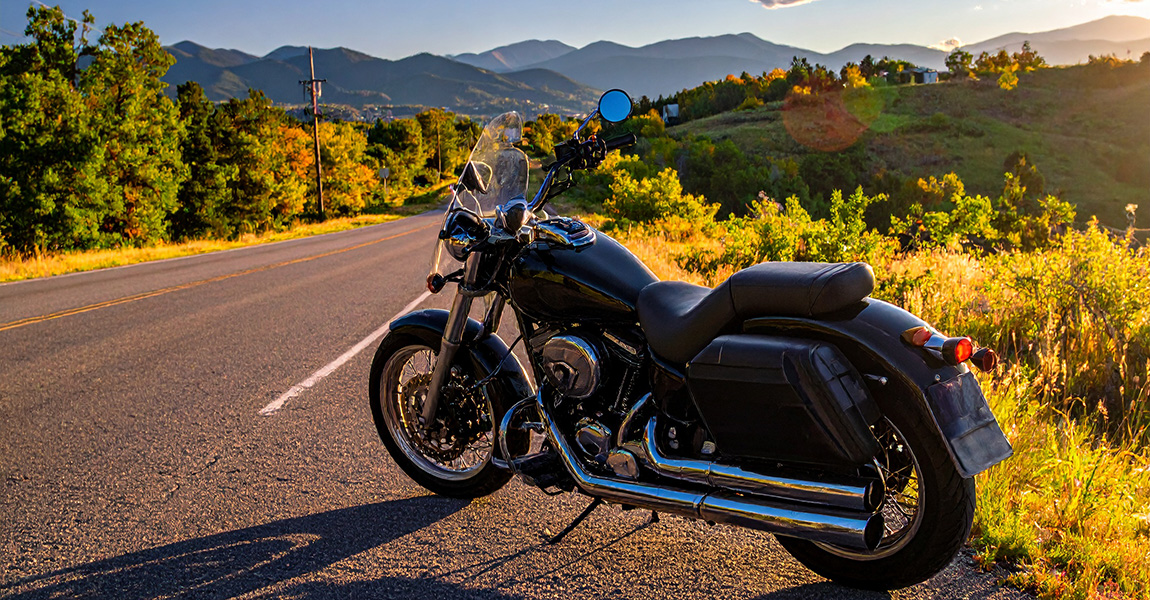
Key ceramic coating benefits for motorcycle paint protection
This coating sticks to paint, plastics, wheels, and lights, forming a protective layer. It repels water and dirt, reducing spots and making cleaning easier. Plus, it protects against UV rays and chemical stains that can dull your bike’s finish.
Protection from bird droppings, bug residue, tree sap, road salts, and acid rain
When you’re riding in the country or by the sea, your motorcycle faces many threats. Ceramic coatings protect against bird droppings, bugs, tree sap, and acid rain. They also guard against road salts in winter or near the ocean. This keeps your motorcycle looking better for longer.
Resistance to minor scratches and surface marring during daily use
No product can prevent all scratches, but ceramics can help reduce swirls and light marks that occur from daily use. Combine this with gentle washing techniques to preserve your bike’s shine. Your bike’s panels will remain clear, allowing its true gloss and depth to shine through.
Long-term value: less frequent detailing and lower maintenance effort
Dirt doesn’t stick as much, so washing and paint maintenance take less time. This means you need fewer full motorcycle details, saving time for more rides. With the durable protection from professional detailing, you won’t need services as often. This helps keep your bike’s resale value high over time.
Application, Prep, and Maintenance Tips
Getting better protection for your motorcycle starts with careful prep. Follow easy motorcycle maintenance tips and pick the top ceramic coating for your bike. This gives your bike lasting protection against everyday use. If you aim for a perfect finish, consider hiring a professional motorcycle detailing service for the more challenging steps.
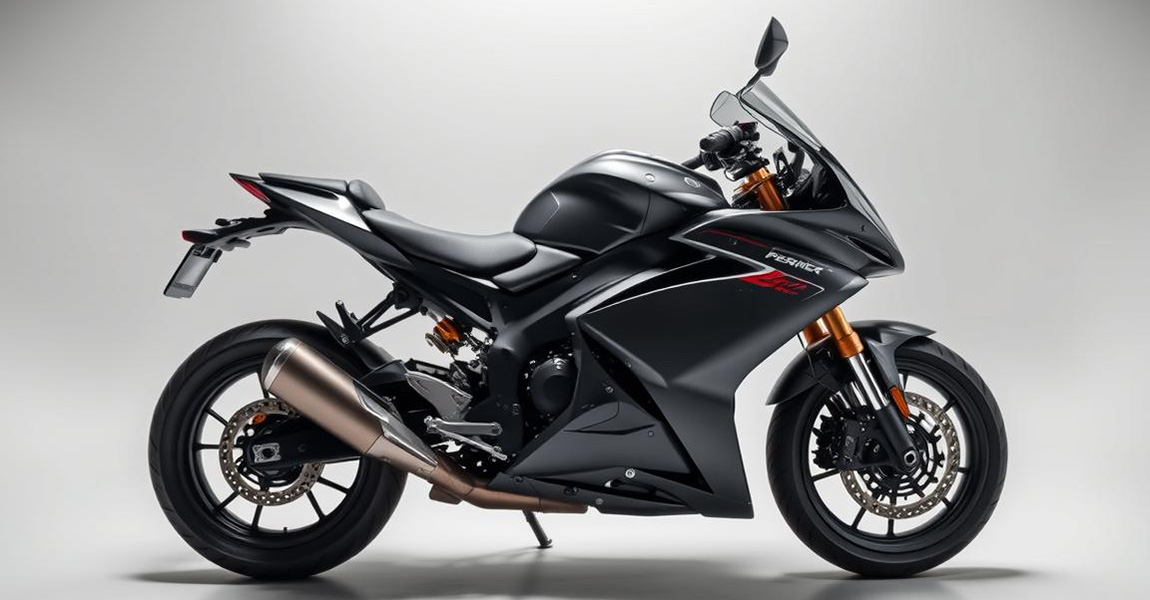
Paint correction and surface preparation for optimal bonding
Begin with a complete wash, apply iron remover, and use a clay bar to remove embedded dirt. Then, use light machine polishing to remove swirls and haze. This prevents coatings from trapping these flaws. Finish with a wipe using an isopropyl-based cleaner to ensure the coating bonds well for durable protection.
Don’t skip steps when working with clear plastics. Use products safe for plastics to keep windscreens super clear. By following these tips, you avoid streaks and keep a clear view.
When to repair paint before coating vs. coating over good-condition finishes
If deep scratches or clearcoat damage are visible, fix it first. Coatings can’t cover such damage. When the paint is healthy after a mild polish, apply the coating. This seals in the gloss while enhancing protection without hiding imperfections.
This method ensures your ceramic coating works best. It captures gloss, water repellency, and strong protection all at once.
Professional installation vs. DIY: time, complexity, and results
Experts at Pro-Tech Auto Shield & Nano Coatings work in controlled conditions to ensure the ceramic coating bonds more effectively and evenly. Pro-Tech Auto Shield & Nano Coatings utilizes a high-quality, ceramic coating.
Doing it yourself is an option, but it requires a significant amount of time. Missed spots or uneven application can lead to flaws. Select the right products for glass or plastic, and avoid applying coatings to leather, fabric, tires, or rubber to maintain the bike’s optimal performance and feel.
Post-application care: regular washing, hydrophobic upkeep, and reapplication timelines
After applying the coating, keep your bike dry, clean, and out of the sun while it cures. Clean it with a pH-neutral shampoo and soft tools to protect the water-repellent layer. Use maintenance sprays from the same brand to keep it looking new and protected longer.
With the right care, expect 1–3 years for normal coatings and 3–8 years for premium ones. Decide when to reapply based on how it looks and works, rather than simply relying on the passage of time. These tips help your ceramic coating keep your motorcycle looking great.
| Path | Key Steps | Time Investment | Risk Level | Outcome for Motorcycle Surface Protection |
|---|---|---|---|---|
| DIY | Wash, decon, clay, polish, panel prep, careful leveling | Half to full day per bike | Moderate to high if prep is rushed | Good results; may vary; long-lasting motorcycle protection depends on prep quality |
| Professional | Multi-step correction, controlled curing, brand-matched toppers | Low with a trained installer | Low due to expertise and environment | Consistent gloss, tight water beading, and robust motorcycle surface protection |
| Motorcycle-Dedicated Systems | Airbrushed coverage on paint, plastics, engine, exhaust, wheels | One to two days with inspection | Low with trained installer | Heat-tolerant, uniform coverage, best ceramic coating for motorcycles in harsh use |
Conclusion – Motorcycle Ceramic Coating
Choosing motorcycle ceramic coating gives you an advantage in real-world riding. It offers hydrophobic performance, deeper color, and a durable finish. This finish outlasts wax by years. Sensha World Crystal Glow promises multi-year durability. Coating Farm Europe offers anti-corrosion, scratch resistance, and high-heat resilience.
This coating works on painted panels, select plastics, metal, and wheels. It protects your motorcycle’s paint without altering its looks.
Preparation is crucial. First, wash, decontaminate, and correct the paint for the coating to bond well. A controlled cure ensures clarity and hardness. Avoid leather, fabric, tires, and soft rubber. Yet, do use the right formula for high-heat parts. With pH-neutral shampoos and gentle washing, you can maintain durability and a glossy look.
Professional installation is recommended for riders facing sun, rain, dust, or road salts in the US. It results in less damage, is less grim, and helps with simple cleanups. Over time, the ceramic coating leads to less detailing, improved shine, and consistent paint protection. Your bike will continue to look new.
In summary, motorcycle ceramic coating is a real investment. Select high-quality products, prepare them thoroughly, and maintain them properly. Then, you’ll enjoy a durable finish and protection for your bike across many seasons.
FAQ – Motorcycle Ceramic Coating
What is motorcycle ceramic coating, and how does it protect your bike?
Ceramic coating is a clear, strong layer composed of a SiO2-rich liquid polymer. It bonds well with paint, adding a protective shield. This shield protects against UV light and environmental stains. It keeps your motorcycle looking shiny and new for longer, and it’s superior to regular wax.
How does the hydrophobic surface help with cleaning and water spots?
The hydrophobic layer makes water bead up and roll off. Because of this, dirt and film don’t stick as much. You’ll have fewer water spots and clean your bike quickly. Additionally, using a pH-neutral shampoo makes cleaning easier, which helps maintain the shine for a longer period.
What kind of contaminants and damage does it defend against?
It protects against damage from the sun, birds, bugs, sap, dust, and rain. In winter or near the ocean, it reduces damage from road salt. The coating is hard, making it resistant to small scratches and marks from washing.
Will ceramic coating make my paint glossier?
Yes. The coating levels out the surface and closes tiny pores, making colors deeper and glossier. Your motorcycle’s finish will look wet and shiny, even in different weather conditions.
What are the key ceramic coating benefits for motorcycle paint protection?
The main benefits include resistance to chemicals and UV rays, as well as a cleaner bike for longer. It also lessens water spots and keeps the colors vibrant. This coating lasts longer and protects better than wax.
How does it handle bird droppings, bugs, tree sap, road salts, and acid rain?
The coating prevents stains and etching, giving you time to clean off harmful substances. On salted roads, it reduces corrosion on treated parts. This makes it a key advantage for protecting motorcycle paint.
Is it scratch-proof, and what about its durability for daily wear?
No coating is completely scratch-proof, but ceramics are sturdy and can handle small scratches better. Use careful washing methods to maintain this protection.
Does ceramic coating save money and time on maintenance?
Yes. With less dirt sticking, you’ll spend less time washing and detailing. Over time, you’ll also save on polishing and waxing costs. This keeps your bike’s surfaces looking newer, which can help with resale value.
How important is paint correction and surface prep before coating?
Very important. You need to clean, decontaminate, and polish the bike first. This ensures a clean base for the coating to bond with. Proper prep leads to a shiny finish and long-lasting protection.
Should you repair paint before coating or can you coat over a decent finish?
Fix any major paint issues first. If your paint is generally in good condition, a light polish can then be followed by a coating to preserve it. Remember, the coating doesn’t hide imperfections; it preserves the current state of your paint.
Is professional installation worth it compared to DIY?
Pro detailing provides consistent, streak-free results due to careful prep and application in controlled conditions. While DIY can save money, professionals ensure the best look and lasting durability. Many choose a pro for the best motorcycle ceramic coating results.
How should you care for the coating after it has been applied?
Keep it away from water, dust, and strong sun at first. Wash it regularly with gentle shampoo. Use approved products to maintain its hydrophobic qualities. Reapply the coating as needed, depending on the product and the level of care provided.
Which brands and products are used on motorcycles?
Professionals often use Sensha World Crystal Glow for long-lasting protection. Other products designed for motorcycles offer additional benefits, such as corrosion protection and high-heat resistance. These choices depend on the specific needs of your bike.
Can you coat plastics, wheels, engines, and exhausts?
Yes, if you use the right formula. Some coatings are specifically designed for plastics and high-temperature parts. They protect against discoloration and heat. However, avoid coating leathers, fabrics, and certain types of rubber.
How long does a motorcycle ceramic coating last?
Regular coatings last 1–3 years, but premium ones can last up to 8 years. How long it lasts depends on the initial preparation, where you ride, and how you maintain it.




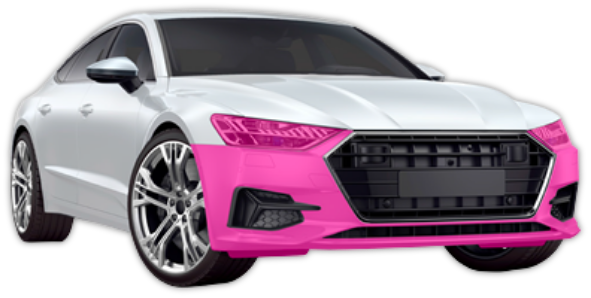
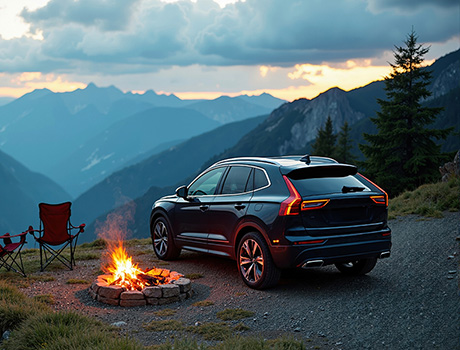
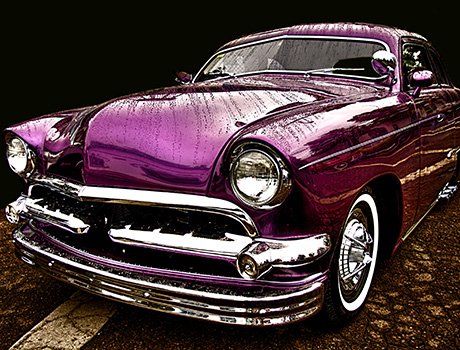
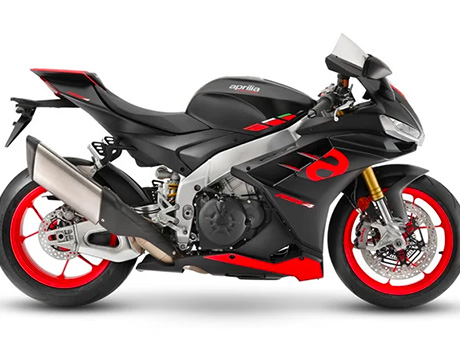
WHAT OUR CLIENTS ARE SAYING